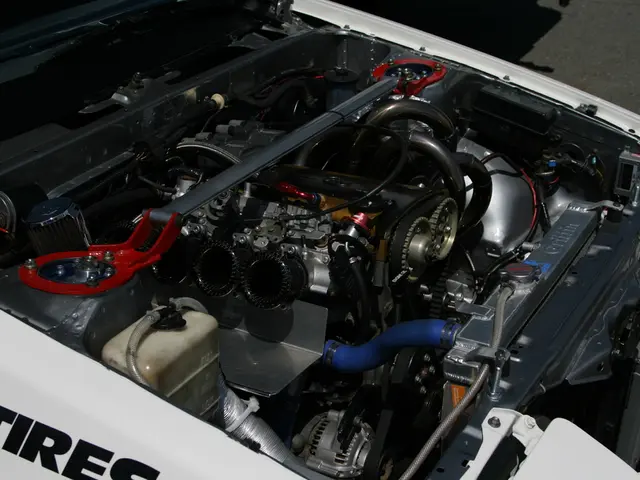Architectural and Agile Approach Outline by SAP: Insights into Structure and Flexibility
SAP, a leading enterprise software solution provider, has outlined a long-term strategy for its Business Data Cloud (BDC) that aims to create a harmonized, semantic data foundation. This foundation will logically unify fragmented enterprise data across hybrid IT landscapes, providing a cohesive semantic layer encompassing both SAP and non-SAP sources.
Instead of functioning as a traditional data warehouse requiring physical consolidation, BDC acts as a data fabric. This means it preserves the rich business context of diverse data sources while enabling real-time analytics and AI-ready data structures. These features are essential for accelerating business insights and supporting Business AI initiatives.
In terms of hybrid data architecture, BDC fits as a fundamental component, enabling a federated data approach. This means it integrates on-premise, cloud, and third-party data environments without forcing costly migrations, thus protecting existing investments and supporting hybrid IT realities. The deep integration with partners like Databricks allows organizations to directly leverage existing data lakes, making BDC a flexible, scalable layer that unifies data logically while supporting advanced analytics and AI workloads.
Within SAP’s broader ecosystem, BDC complements the SAP Business Technology Platform (BTP), which provides the execution tools and infrastructure to build and run business AI capabilities on top of the unified semantic data foundation that BDC delivers. This architecture aligns with SAP Business Suite 2025’s cloud-first, modular design, replacing traditional batch processing with real-time, in-memory ERP (SAP S/4HANA), and enabling faster decisions and more agile business processes. BDC plays a key role in seamless, scalable data handling and insight generation.
SAP envisions BDC as a nonnegotiable data foundation in hybrid and multi-cloud environments, underpinning real-time analytics, AI, and data-driven innovation while minimizing disruption and maximizing reuse of existing data assets in enterprise landscapes.
SAP's strategic pillars, including SAP Business Data Cloud and SAP Business Technology Platform, are designed to address the challenges of modern enterprises, such as fragmented data, highly customized landscapes, increased pressure for agility, and rising expectations around innovation. However, realizing SAP's strategy depends on more than just tools; it requires architecture, integration patterns, data design, and team structures that reflect the complexity of your environment and the pace of your goals.
It's important to note that SAP BDC is not a mandate to move everything into one place; it's a way to make distributed data usable through federation, cataloging, and contextualization. The Business Data Cloud aims to close the gap between data and usable insights by unifying data from SAP and non-SAP systems in a semantically rich and governed environment.
Data usable insight is not abundant despite the presence of data everywhere in enterprises. SAP BTP plays a central role in allowing customers to build new capabilities without destabilizing the core, enabling organizations to extend SAP without resorting to brittle custom code or costly workarounds.
The Business Data Cloud only lives up to its promise if it stays open, interoperable, and hybrid-ready. Its potential lies in enabling a new kind of data operating model that aligns with how modern enterprises work. The opportunity isn't to replace what you have; it's to build forward with it.
Agile delivery teams or pods are proving useful in software companies and SAP ecosystems for allowing workstreams to move forward independently while staying aligned with broader governance and business priorities. This approach can help organizations adopt SAP's strategy more effectively and efficiently.
In conclusion, SAP's Business Data Cloud is a significant step towards addressing the challenges of modern enterprises by providing a harmonized, semantic data foundation that unifies data from various sources, preserves business context and semantics, enables self-service access for business users, and supports AI and analytics, all while staying open, interoperable, and hybrid-ready.
- SAP's Business Data Cloud (BDC) strategy, aligned with its Business Technology Platform, aims to facilitate a federated data approach that integrates on-premise, cloud, and third-party data environments, preserving existing investments and supporting hybrid IT realities within the data-driven industry.
- To effectively harness the potential of SAP's Business Data Cloud, it's crucial to adopt agile delivery teams or pods, allowing for independent progress while maintaining alignment with broader governance and business priorities, thus helping organizations realize their data and cloud-computing driven strategic goals.




